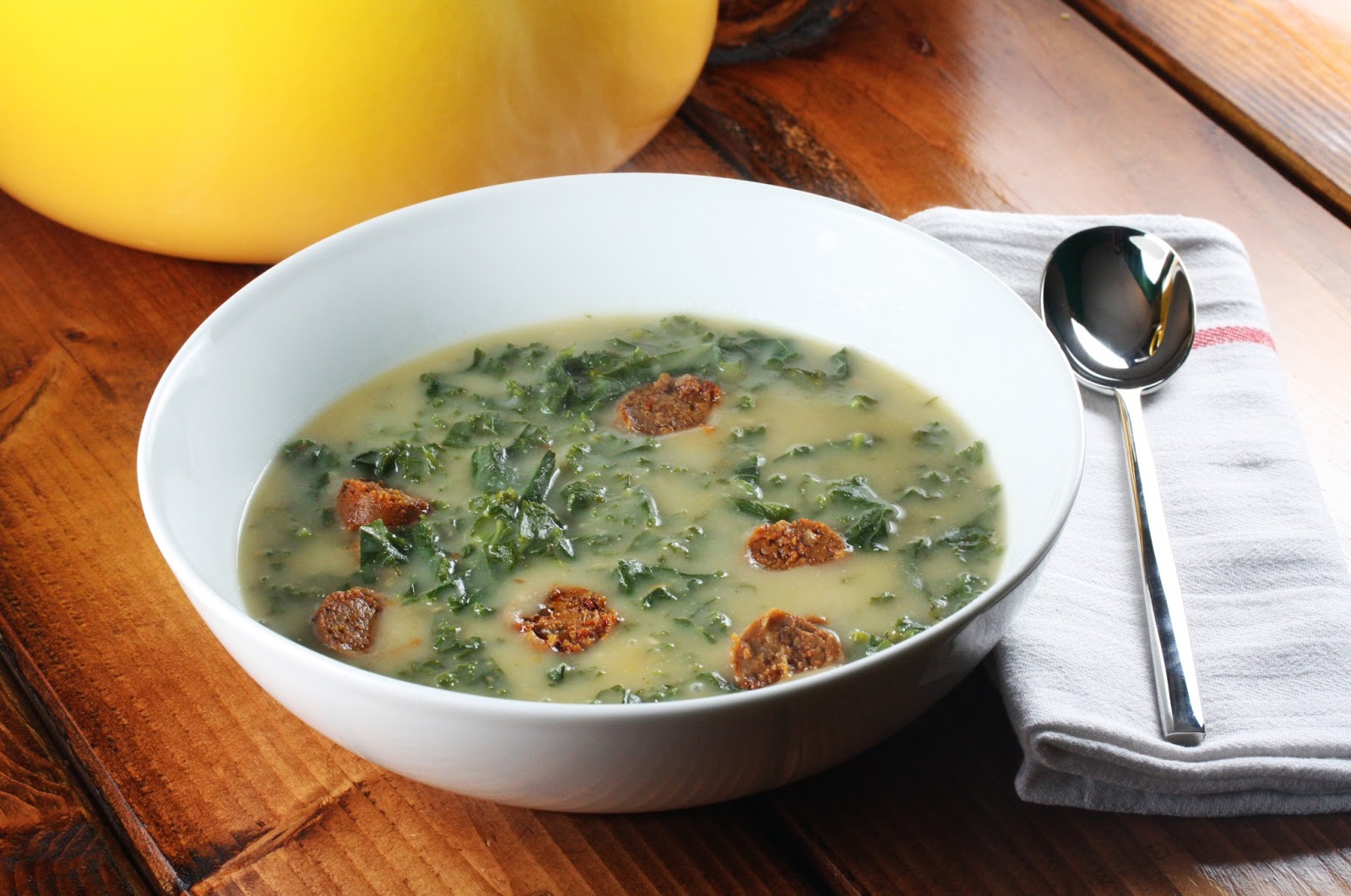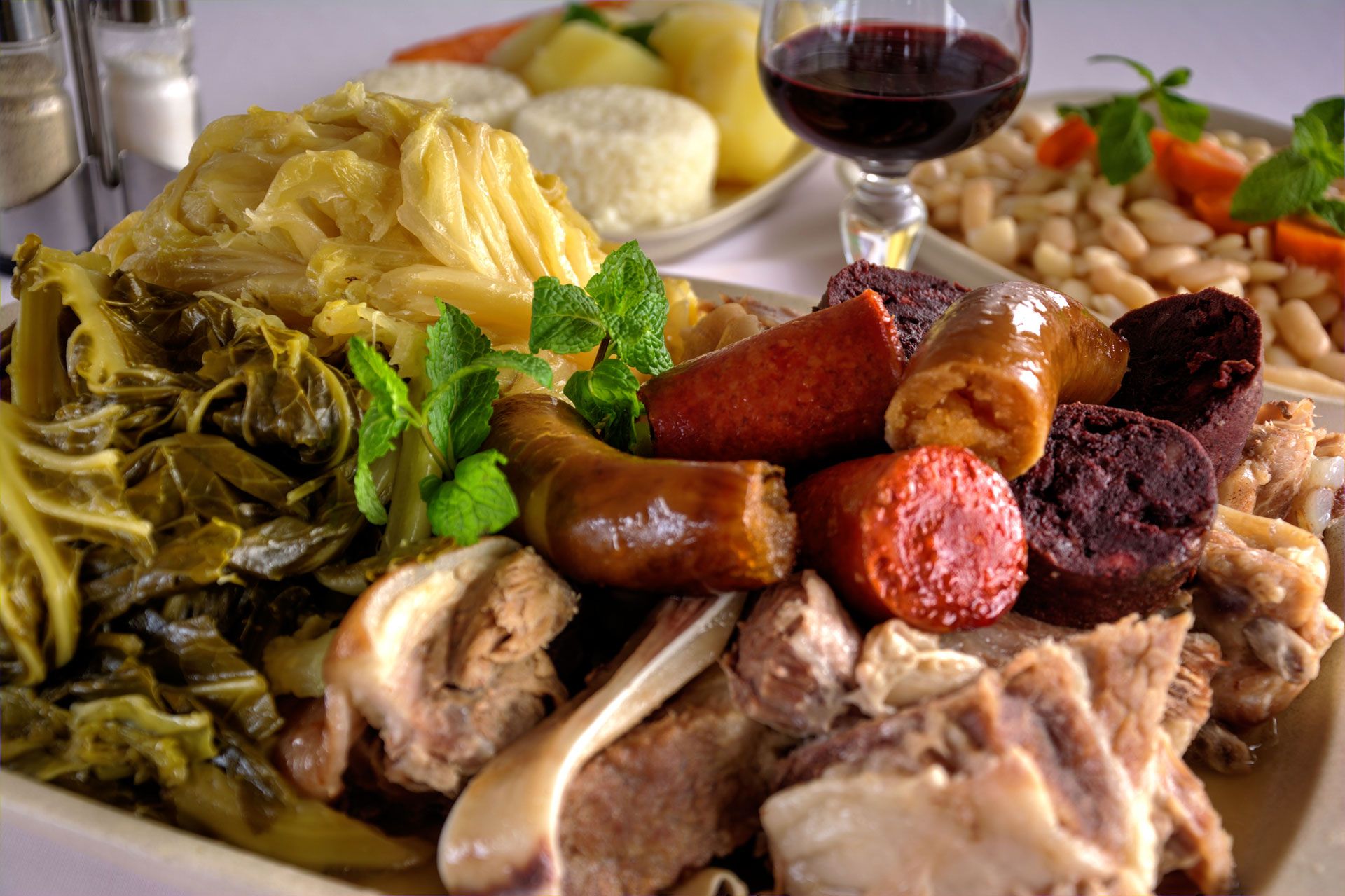Portuguese Cuisine: A Rich and Diverse Culinary Tradition
Portuguese cuisine is one of the richest and most diverse in the world, with influences from various regions, climates, and cultures, making it unique. It is characterized by intense flavors and the use of fresh products such as fish, seafood, pork, vegetables, and olive oil. Moreover, Portugal’s culinary heritage stands out, with dishes dating back to different periods, from the age of the navigators to the integration of ingredients brought from colonized countries.
Here are some key elements and typical dishes that help to understand Portuguese cuisine:
- Fish and Seafood
The Portuguese coast offers an abundance of fish and seafood, which are central ingredients in the country’s cuisine. Some examples include:
- Bacalhau: The "faithful friend" of Portuguese cuisine. There are hundreds of recipes…
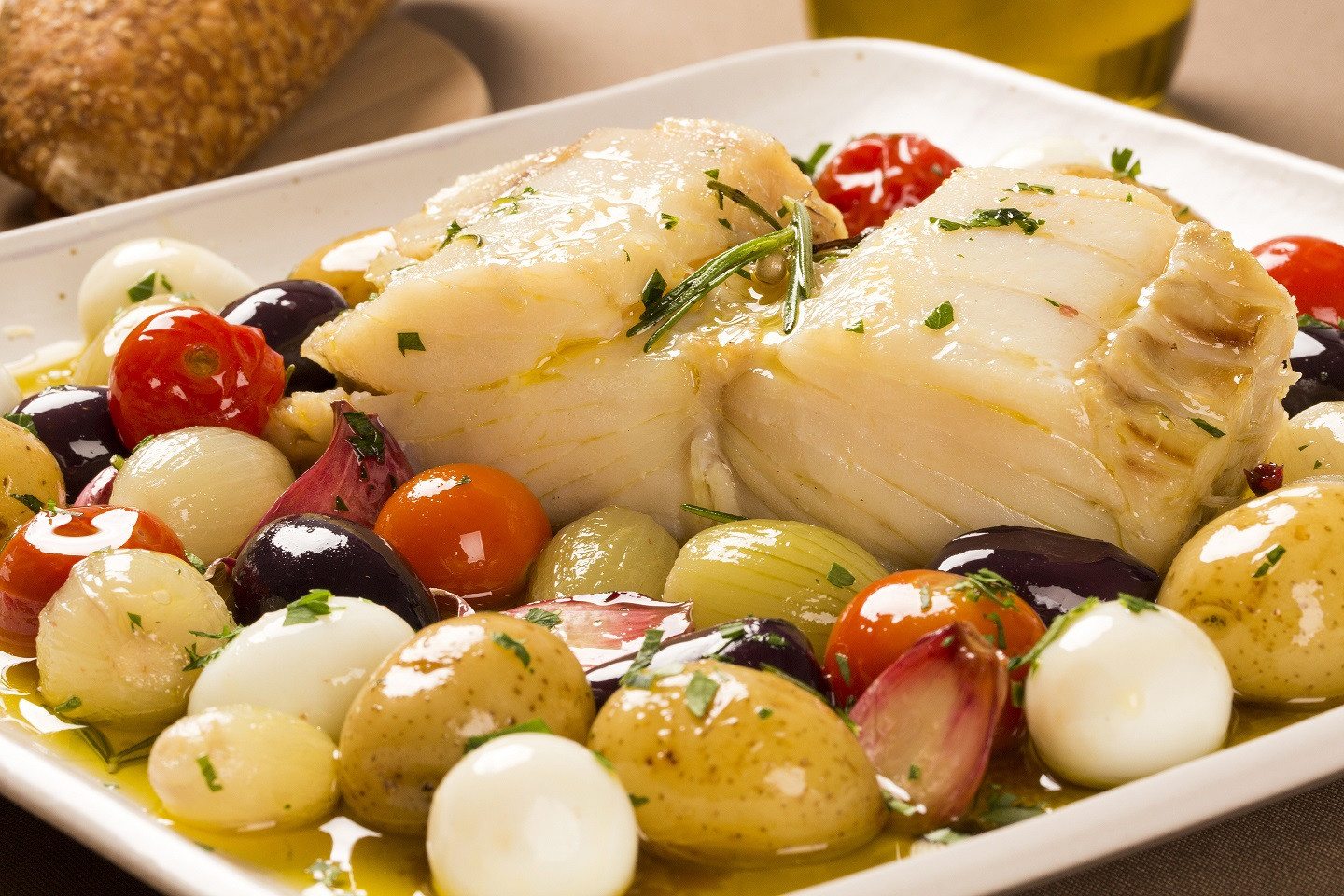
- Sardinhas: Especially popular during summer and the São João festivals in Porto.
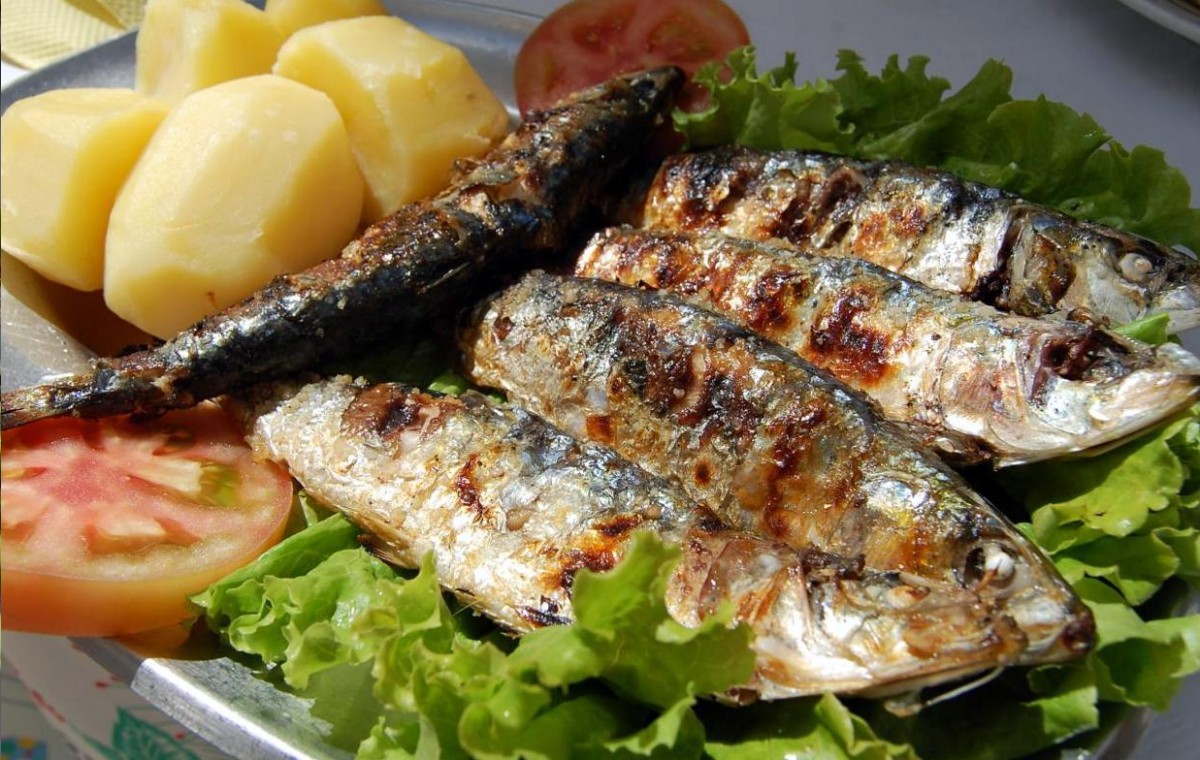
- Caldeirada de peixe: A fish stew with potatoes, tomatoes, and onions.
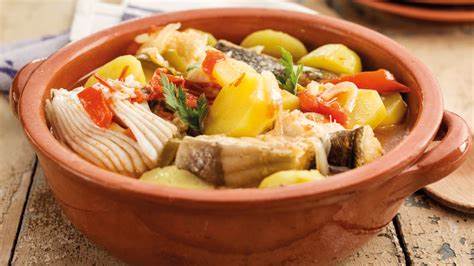
- Meats
Although Portuguese cuisine focuses heavily on fish, meat also plays an important role. Some of the most popular dishes include:
- Cozido à Portuguesa: A dish of pork, beef, and poultry, with vegetables like cabbage, potatoes, and rice.
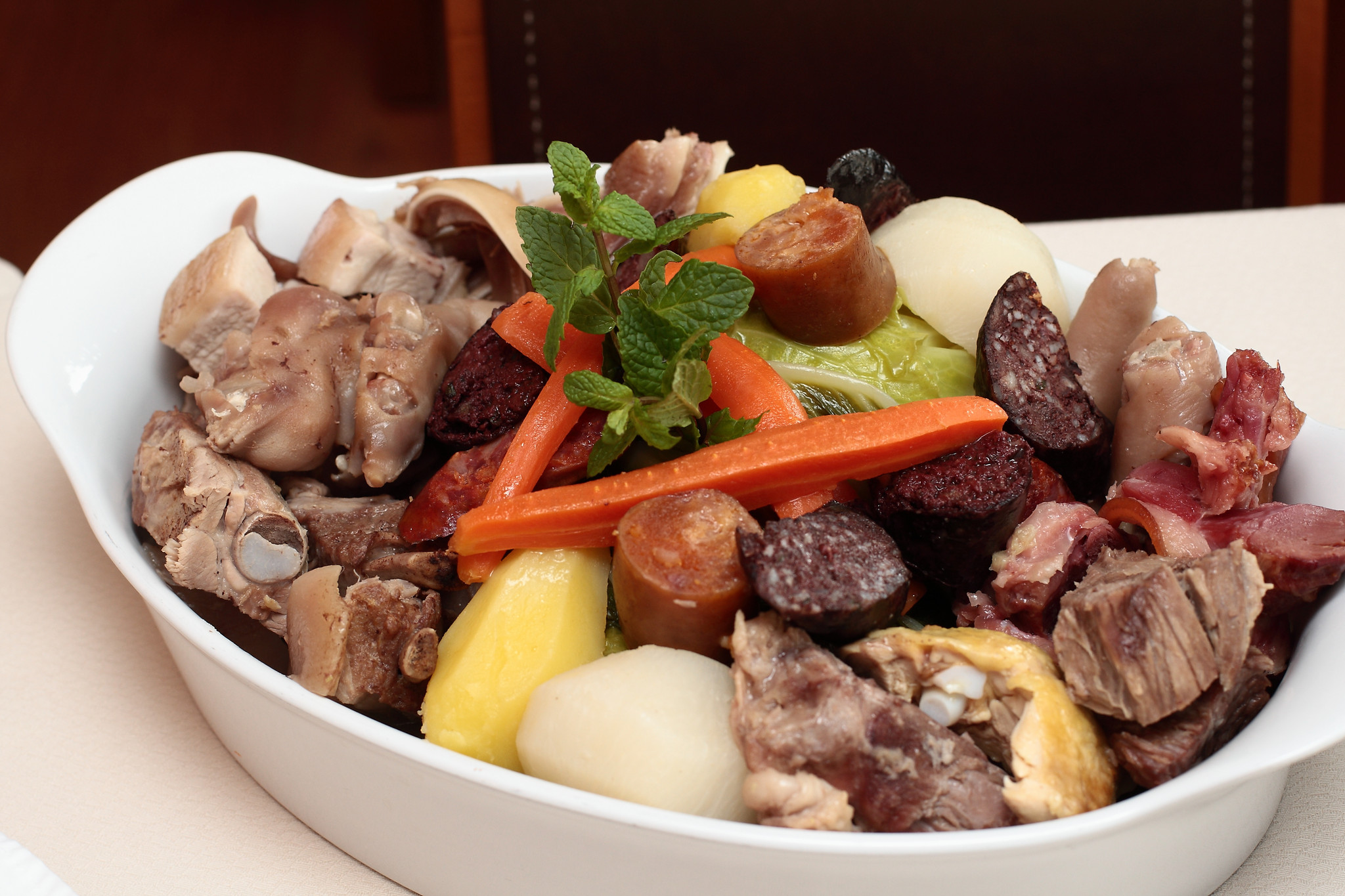
- Francesinha: A typical dish from Porto, made with sandwich bread and filled with meats (steak, sausage, ham), covered with melted cheese and drizzled with a thick sauce, served with french fries.
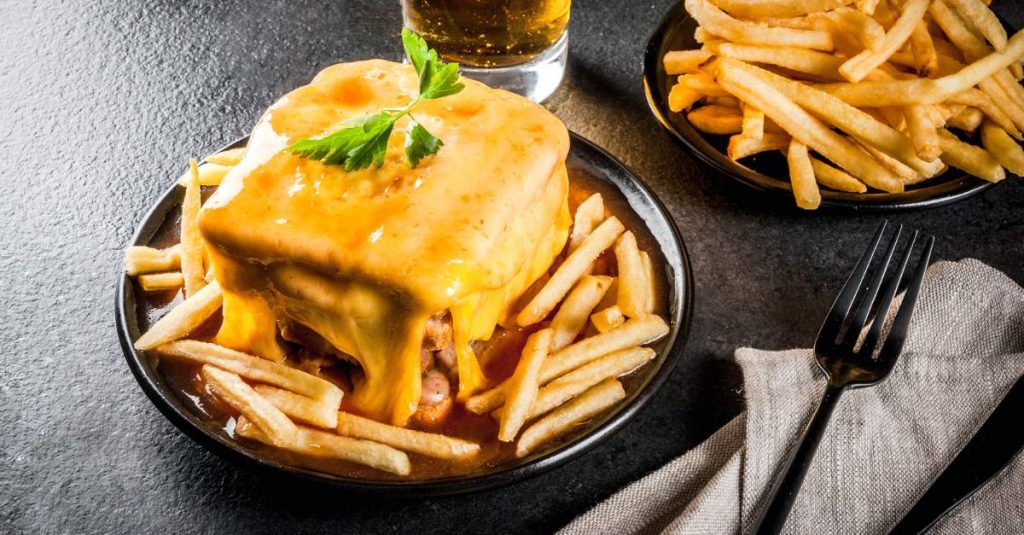
- Frango Assado: Very popular, especially with the typical seasoning of garlic, piri-piri, and lemon.
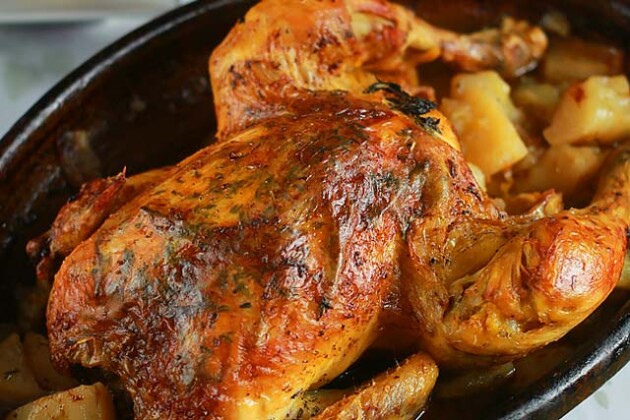
- Leitão da Bairrada: Roasted piglet with crispy skin, served with bean rice and potatoes.
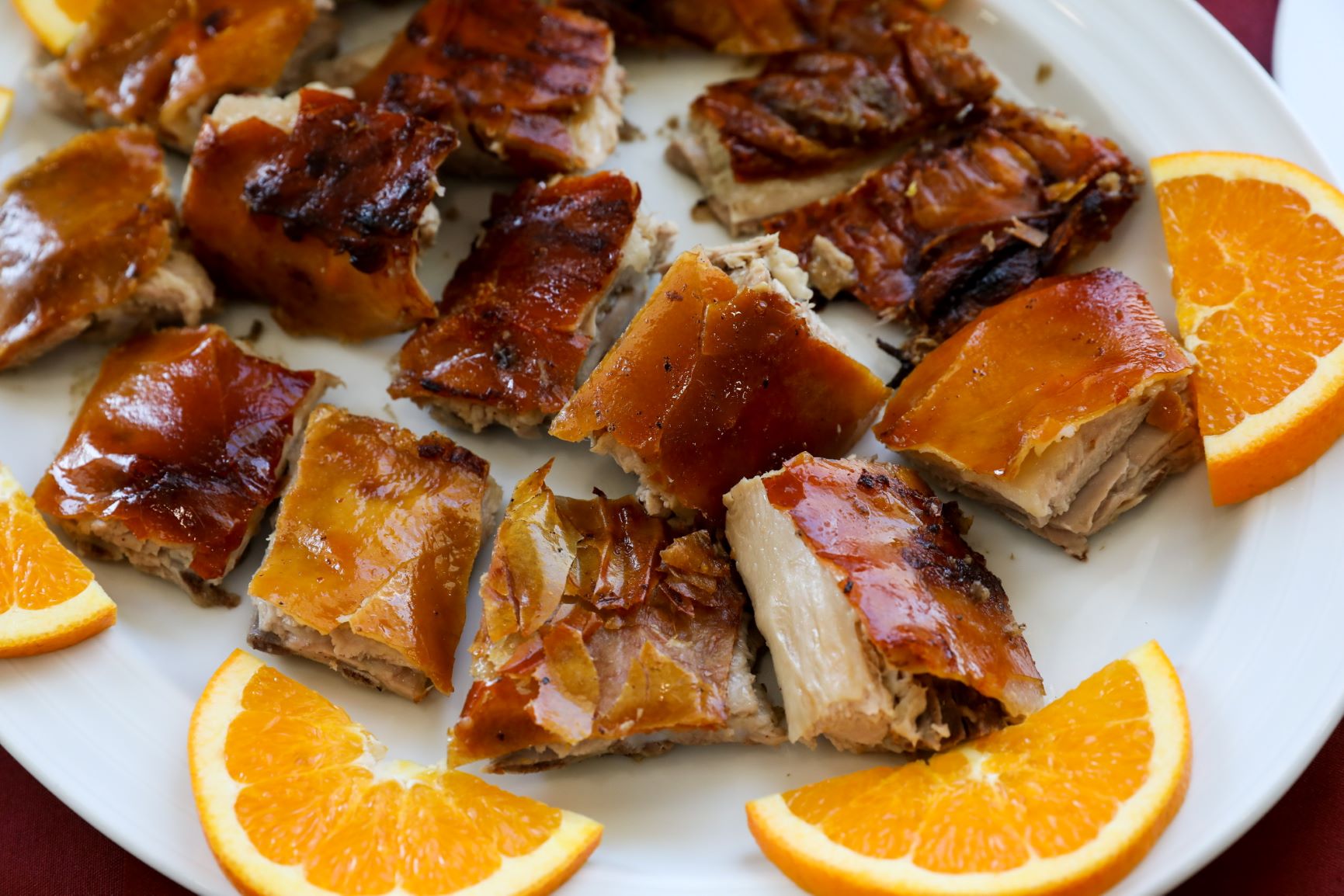
- Cured Meats
Portugal is famous for its cured meats, which are a mix of pork, rice, and spices. Some examples include:
- Chouriço: Smoked and cured, often served grilled or cooked.
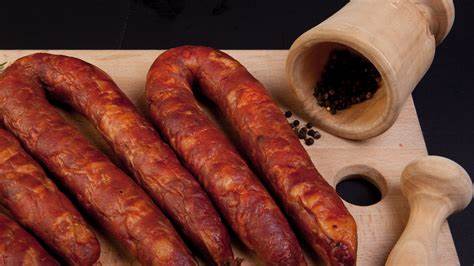
- Morcela: Blood sausage, also common in dishes like feijoada.
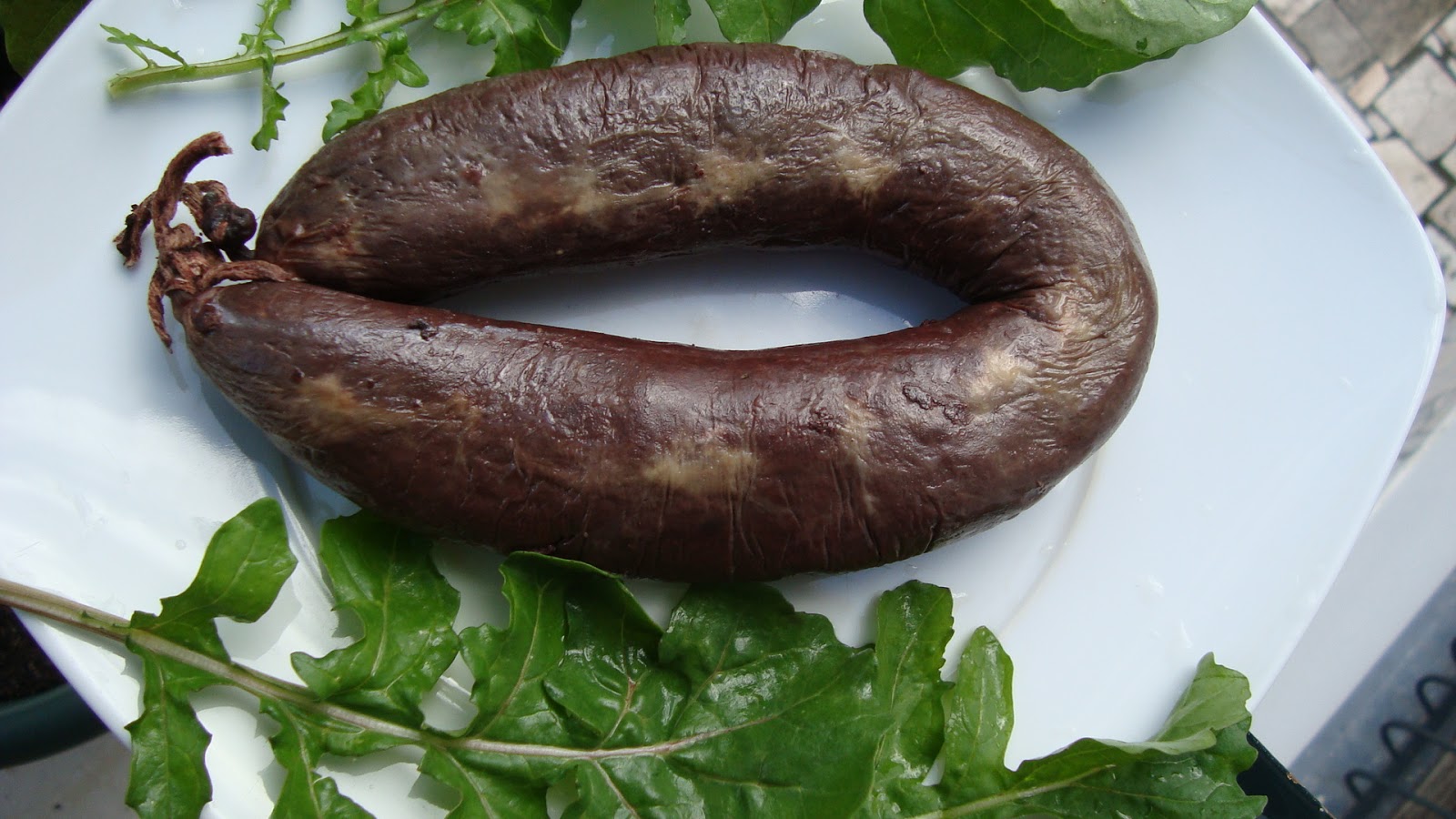
- Alheira: A type of sausage originally made by Portuguese Jews, with poultry and bread.
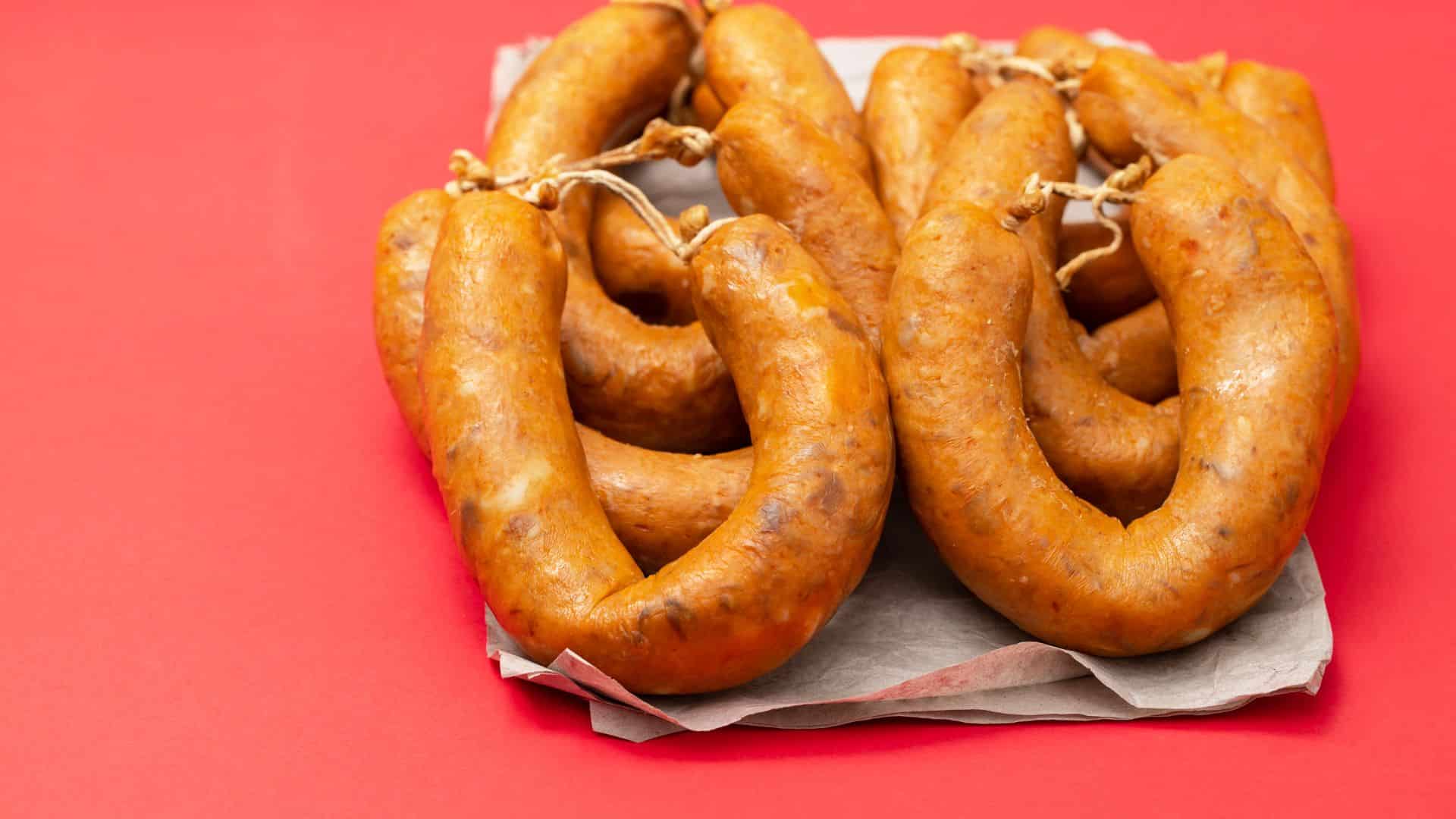
- Sweets and Desserts
Portugal is known for its sweet traditions, many of which have century-old recipes. Some of the best-known ones include:
- Pastéis de Nata: Small custard tarts with puff pastry, originating from Belém, Lisbon.

- Bolos de Arroz: Small, soft, and simple rice cakes.

- Toucinho do Céu: A traditional dessert made with almonds, eggs, and sugar.

- Queijadas de Sintra: A typical dessert from the Sintra region, made with fresh cheese, sugar, and eggs.
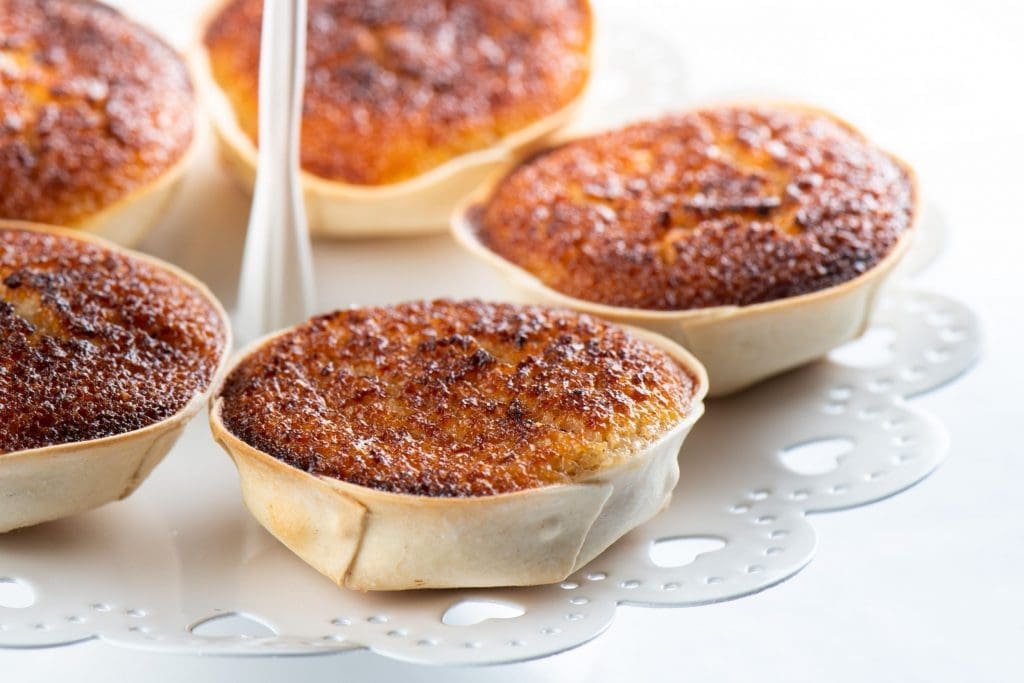
- Olive Oil and Wines
Olive oil is one of the main ingredients in Portuguese cuisine, used for seasoning, cooking, and accompanying dishes. The country is also known for its wine production, particularly:
- Port Wine: One of the most famous wines in the world, produced in the Douro region.
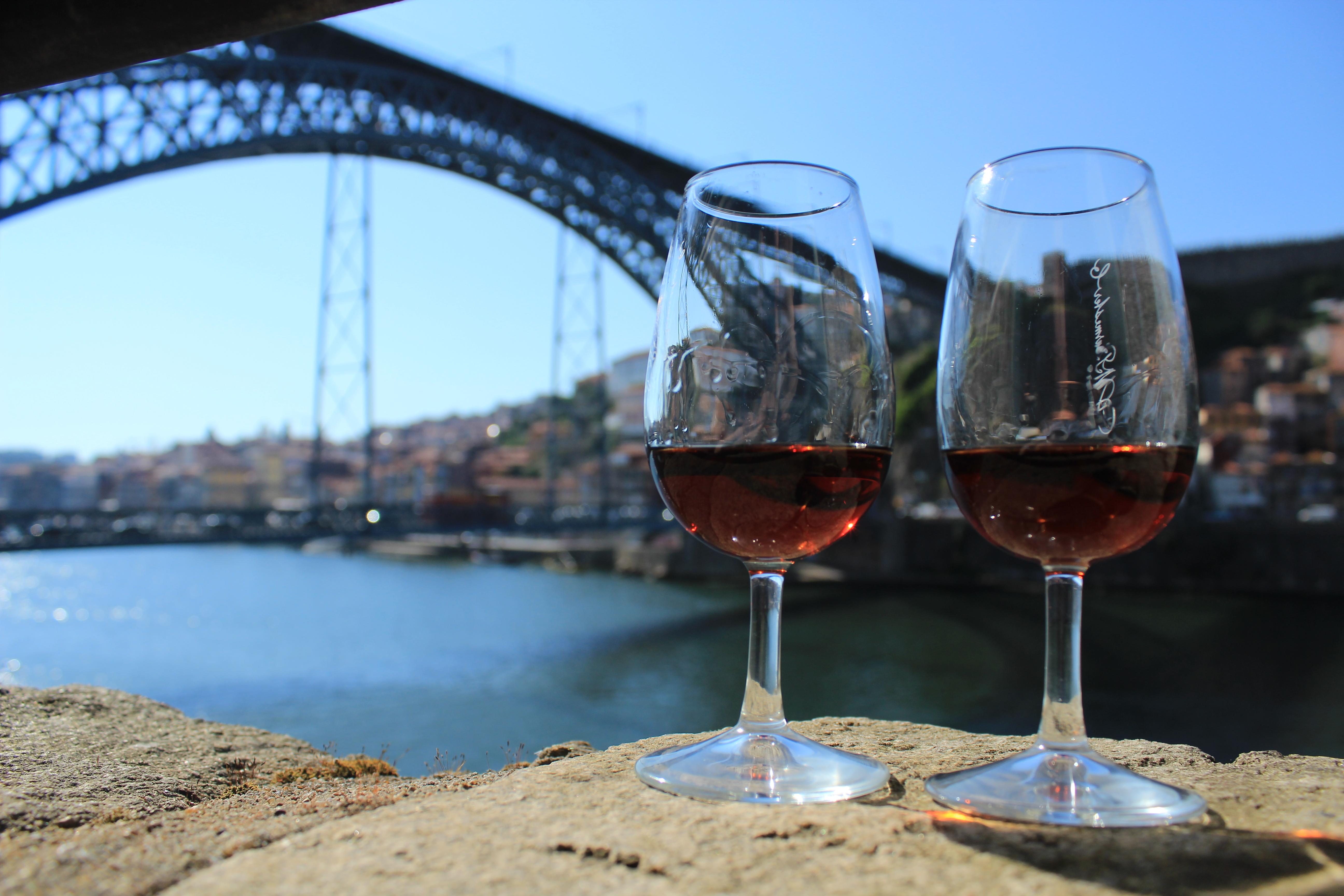
- Vinho Verde: A young and fresh wine from the northwest of Portugal.
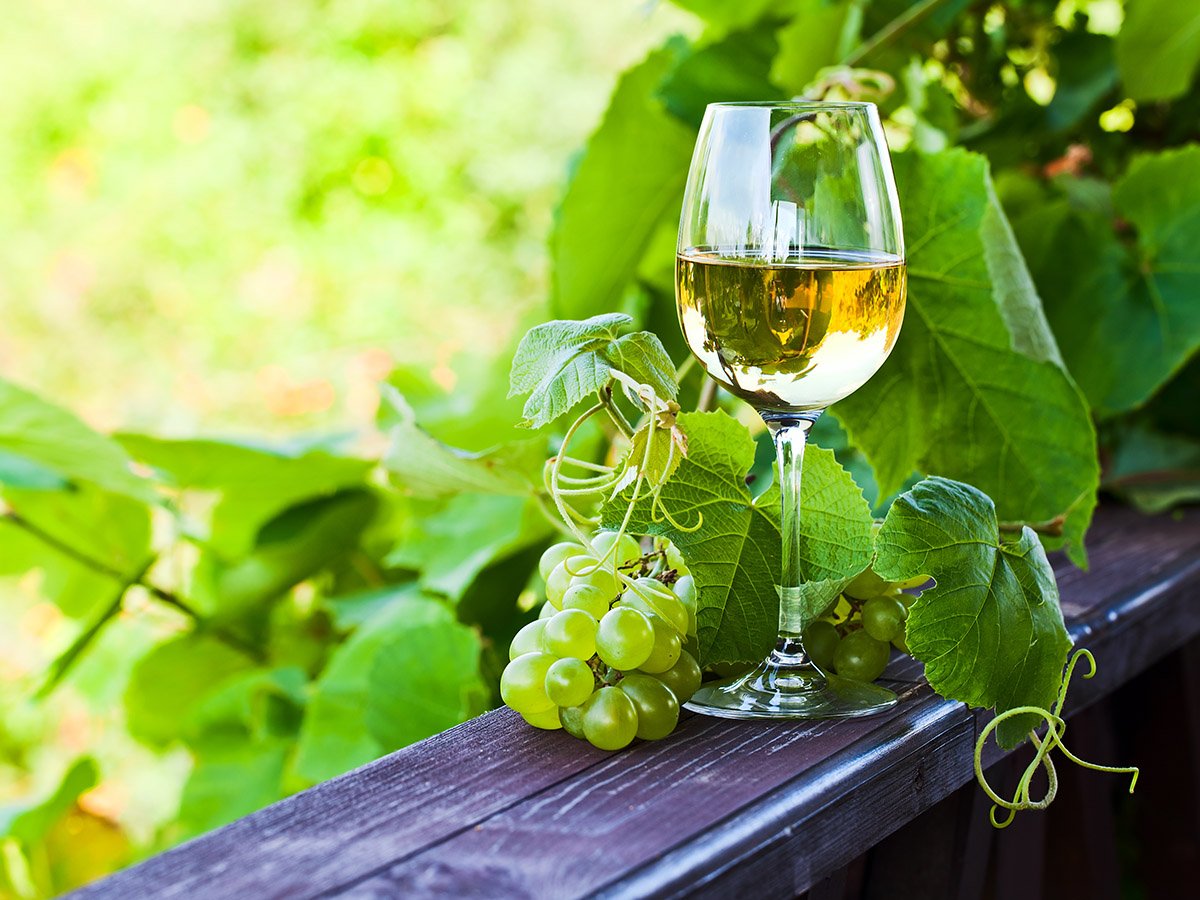
- Red and White Wines: From regions like Alentejo, Dão, Bairrada, and Madeira.
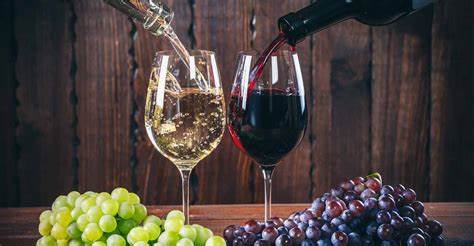
- Soups and Broths
Soup is an essential part of meals in Portugal, frequently consumed at both lunch and dinner. Some examples include:
- Sopa da Pedra: A rich soup made with beans, potatoes, and pork.
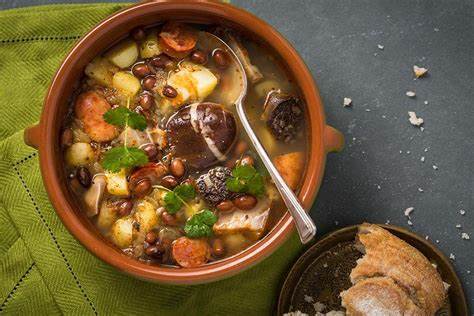
- Caldo Verde: Made with kale, potatoes, chouriço, and onions, it is a simple but flavorful soup.
